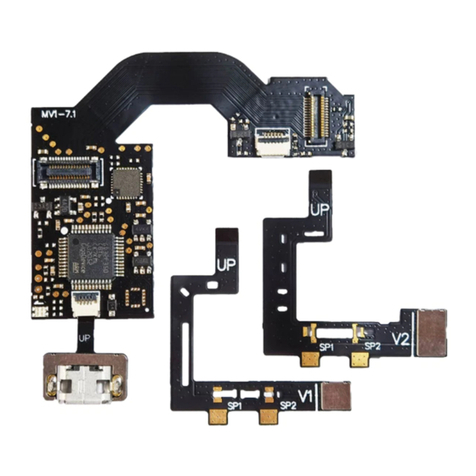
6
VU Select Instructions.................................................................................................. 70
Vector Select Examples .......................................................................................... 73
VU Logical Instructions ............................................................................................... 74
VU Divide Instructions ................................................................................................ 75
Reciprocal Table Lookup ....................................................................................... 77
Higher Precision Results........................................................................................ 78
Vector Divide Examples......................................................................................... 78
4. RSP Coprocessor 0 .......................................................................................................... 81
Register Descriptions.................................................................................................... 82
RSP Point of View................................................................................................... 82
$c0................................................................................................................... 83
$c1................................................................................................................... 83
$c2, $c3........................................................................................................... 83
$c4................................................................................................................... 85
$c5................................................................................................................... 88
$c6................................................................................................................... 88
$c7................................................................................................................... 88
$c8................................................................................................................... 88
$c9................................................................................................................... 89
$c10................................................................................................................. 89
$c11................................................................................................................. 90
$c12................................................................................................................. 92
$c13................................................................................................................. 92
$c14................................................................................................................. 93
$c15................................................................................................................. 93
CPU Point of View.................................................................................................. 93
Other RSP Addresses................................................................................... 95
DMA ............................................................................................................................... 96
Alignment Restrictions........................................................................................... 96
Timing....................................................................................................................... 96




























